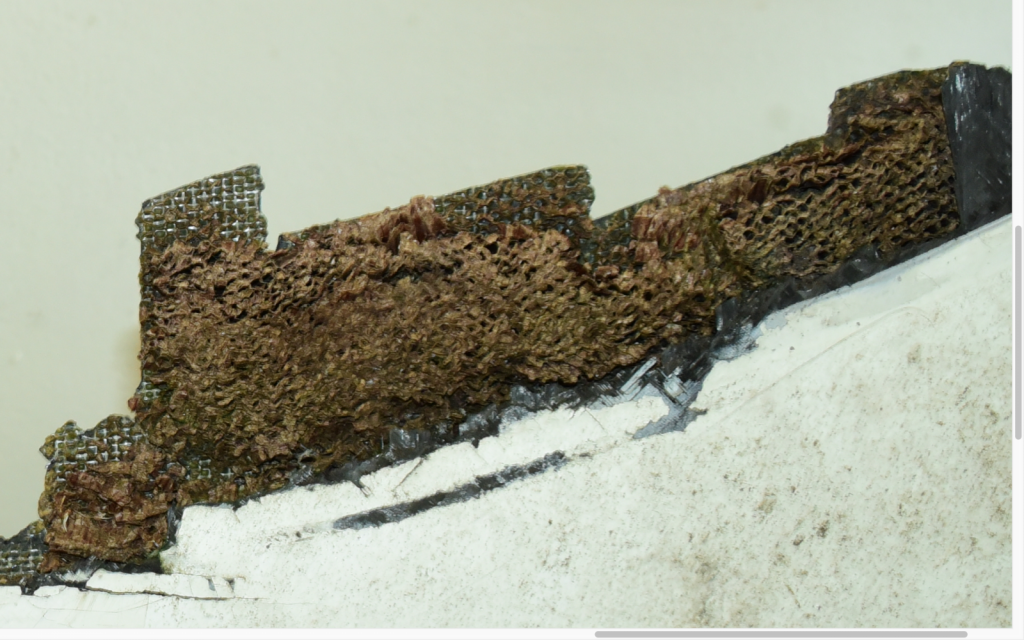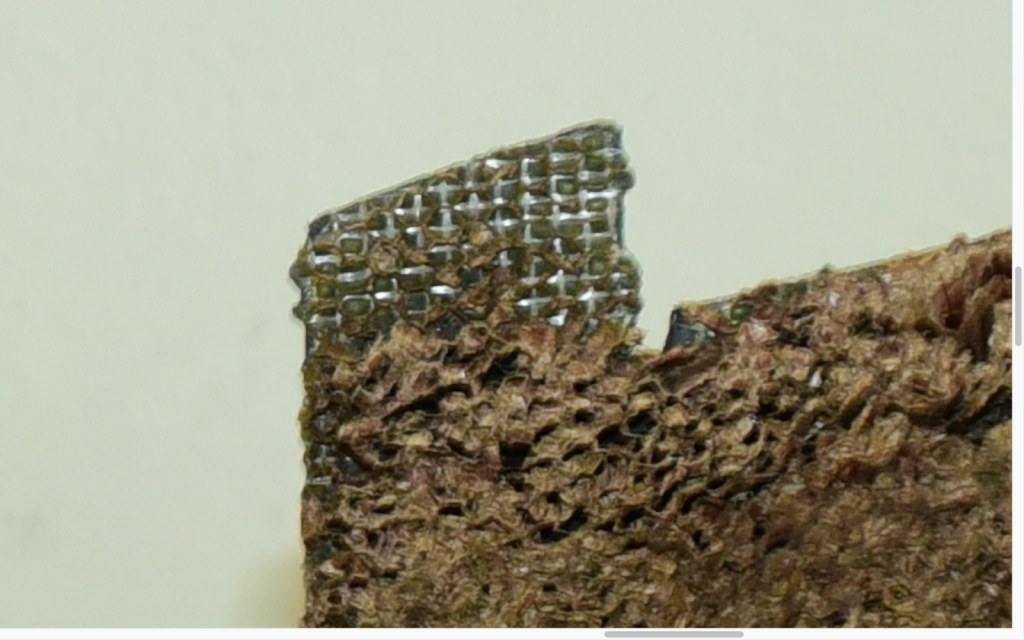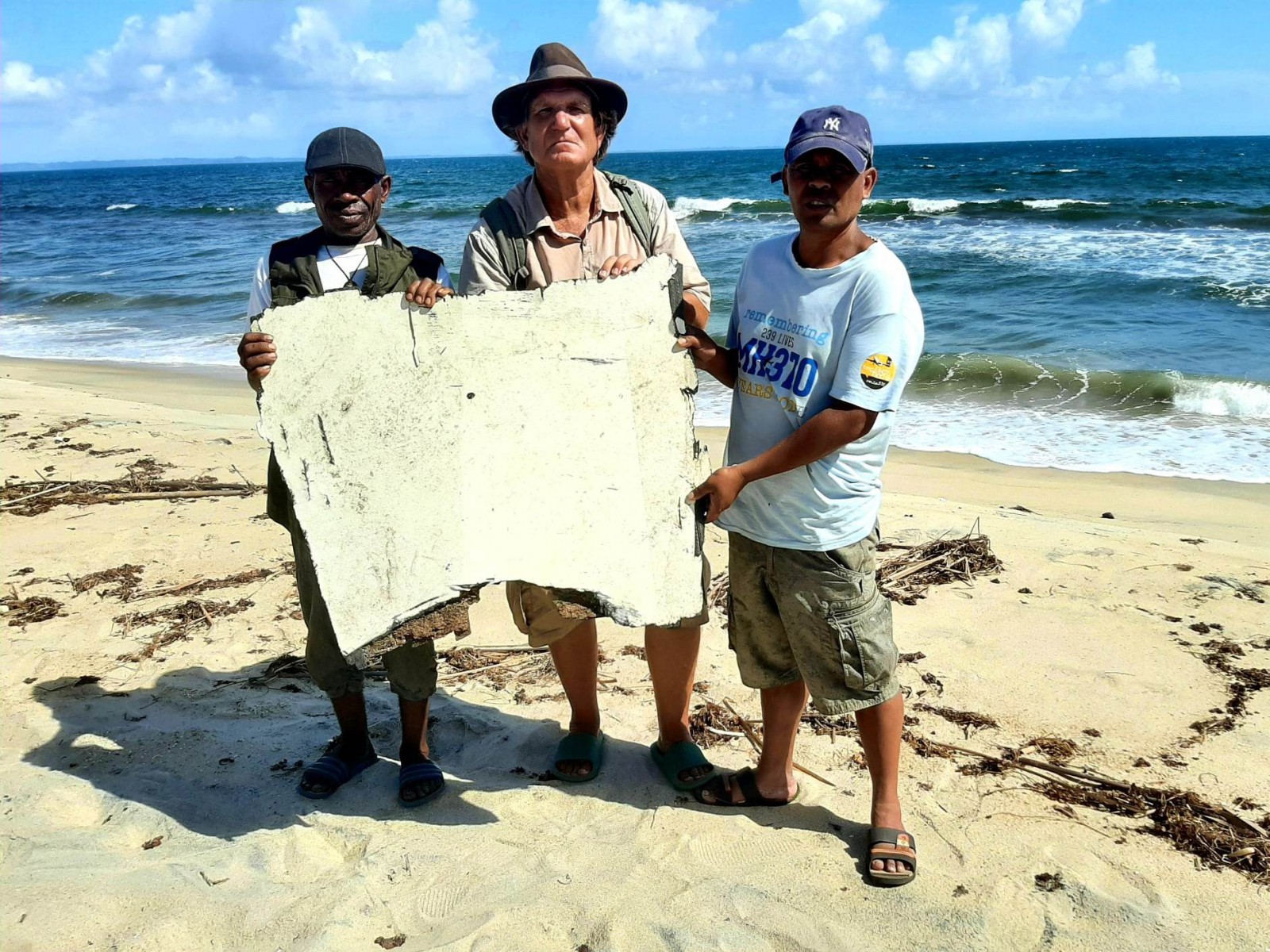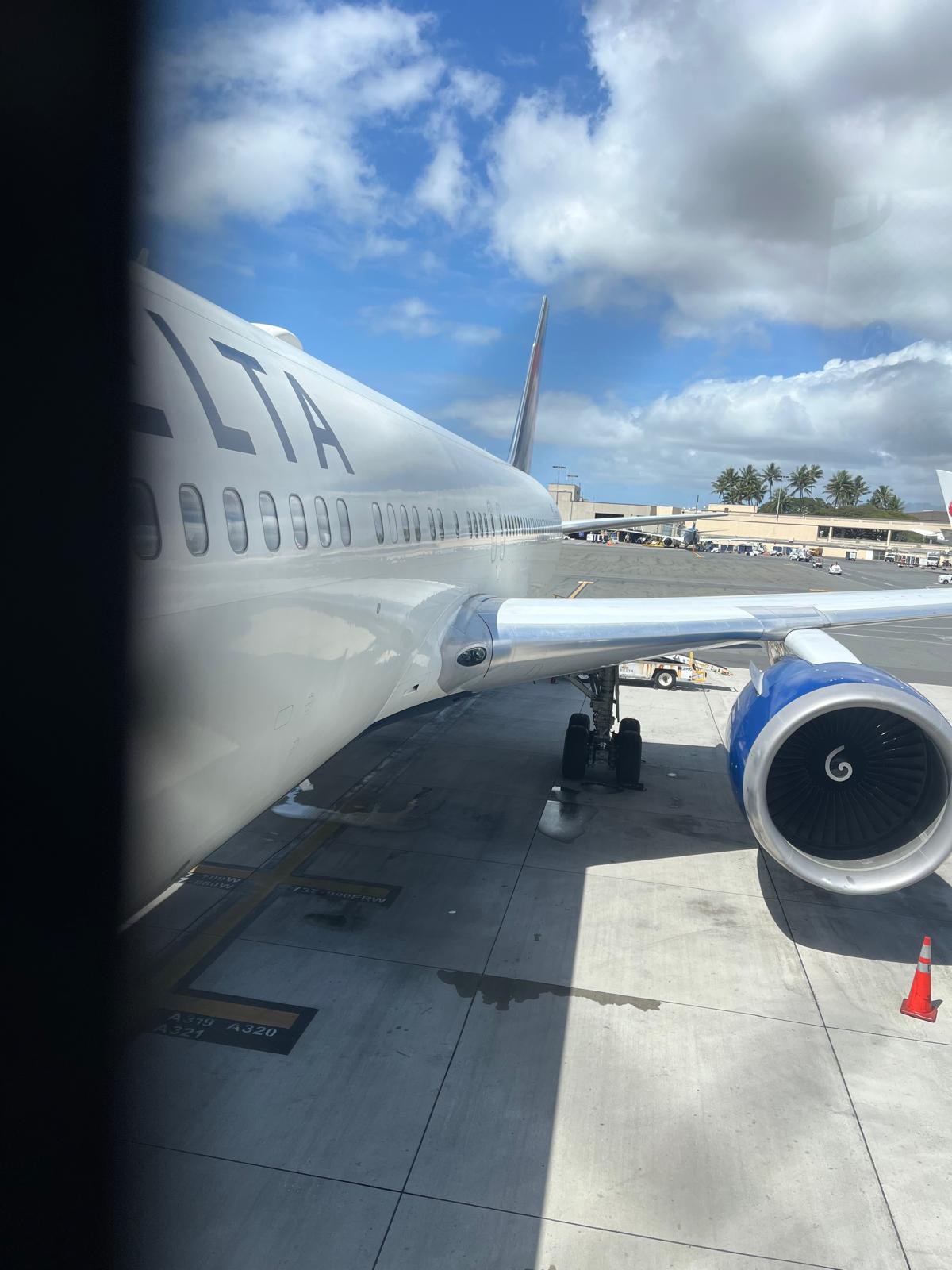
By Geoffrey Thomas
Published Thu Jan 26 2023
British Aerospace engineer Richard Godfrey has completed an analysis that confirms that the latest debris found is almost certainly from MH370.
Subscribe to the Airlineratings.com newsletter to get the relevant news first
World’s Top Twenty Safest Airlines 2023
NTSB Slams Ethiopian MAX Crash Report
In December last year, wreck hunter Blaine Gibson was taken to a new piece of MH370 debris which was identified as part of the undercarriage door system.
However, some disputed this and said it was from a yacht.
Now Mr Godfrey, who has led the revolutionary new tracking of M370 with WSPRnet technology, has completed a detailed analysis of the debris found in Madagascar and says it is from a "from Boeing aircraft and cannot be from marine provenance."
Mr Godfrey says "the key difference is the lightning protection system used on Boeing aircraft with composite materials, which is fundamentally different to the lightning protection system used in marine applications with composite materials. Boeing components made with composite materials which are exposed to lightning strikes incorporate a layer of MicroGrid wire mesh manufactured by Dexmet Corporation. This is the case in the latest item of debris found in Madagascar."
Mr Godfrey adds that "a significant proportion of the airplane structure of a Boeing 777 is made of composite materials to reduce weight and improve resistance to corrosion. Composite materials are layers (or plies) of high-strength fibres (carbon fibre or fibreglass) in a mixture of plastic resin. Aircraft components made of composite materials use laminations or combine layers of the composite materials with a honeycomb core to form a sandwich construction.
"The recent debris item has an aluminium wire mesh embedded in the composite material between the black surface and the honeycomb core. The first photo (below) shows an exposed area of honeycomb core, but underneath an aluminium wire mesh layer embedded in the epoxy resin of the next composite material layer.

The honeycomb structure being non-metallic requires a lightning protection system and the Dexmet MicroGrid layer can be seen in the close-up picture (under) in the layer below the honeycomb core.

"This proves that the latest debris item is an exterior panel from an aircraft in a lightning-exposed location and not an interior panel such as a cabin divider.
"The location of where the piece of debris was found in Antsiraka Beach in Madagascar, where a total of 20 items of floating debris from MH370 have been found in Madagascar and 4 on the same Antsiraka Beach, confirms the likelihood that this new item of floating debris is also from MH370. Out of the items washed ashore in Madagascar and officially analysed, 6 items have been determined to be almost certain, highly likely or likely from MH370 by the authorities.
"Considering that MH370 (aircraft registered as 9M-MRO) ended its flight in the South Indian Ocean, the location of this recent find is consistent with the drift path modelling produced by the University of Western Australia (UWA) and the Commonwealth Scientific and Industrial Research Organisation (CSIRO). This suggests that the part is likely from MH370 given that the likelihood of it originating from another source is quite remote."










